- FIBER OPTIC TRANSCEIVERS >Optical Cables and Accessories >400G OSFP to 2x200G QSFP56 AOC Breakout Cable
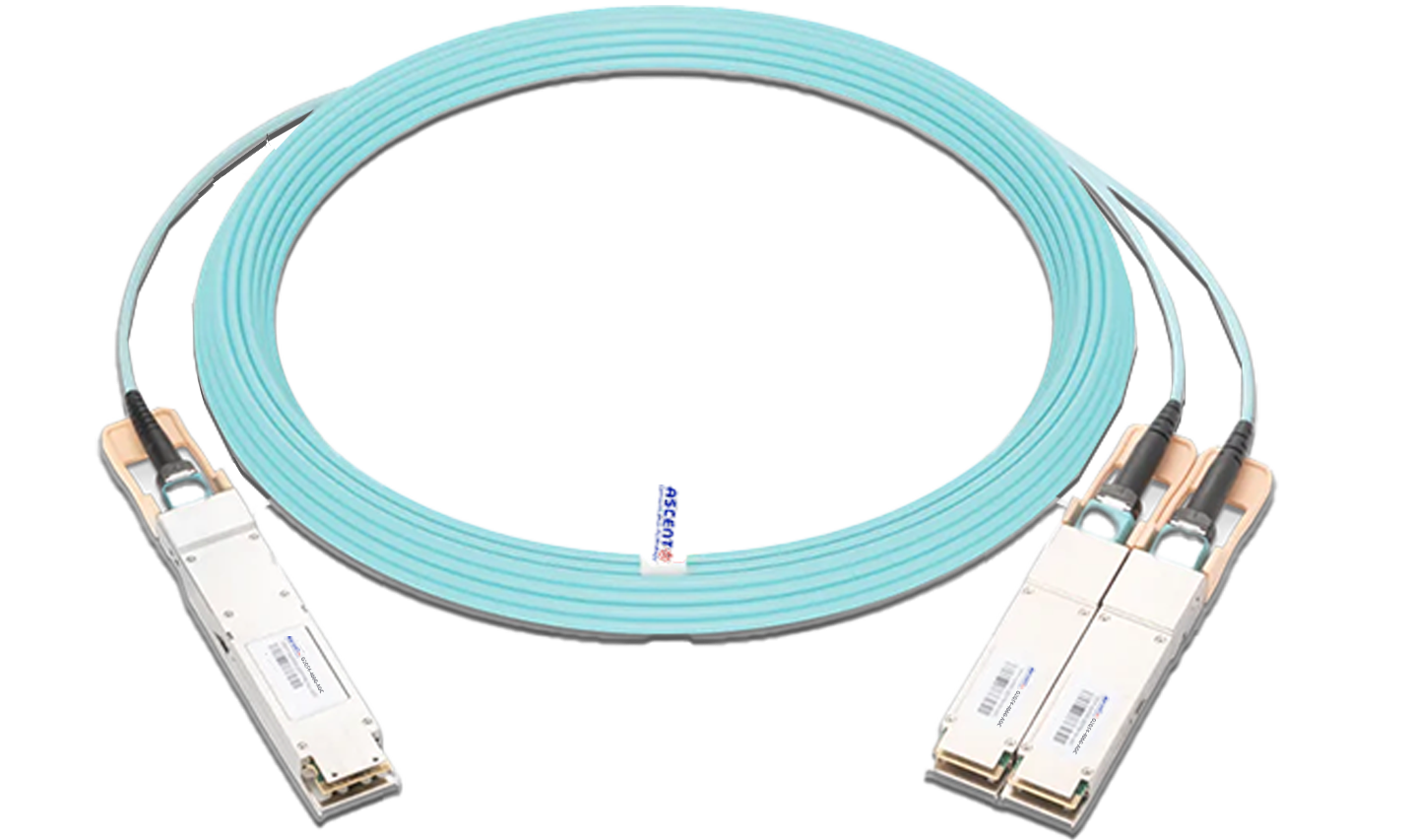
400G OSFP to 2x200G QSFP56 AOC Breakout Cable
Ascentãs 400G OSFP product is an OSFP to 2x QSFP56, 400Gb/s to 2 x 200Gb/s Active Optical Breakout Cable (AOC) designed for connecting Mellanox NDR switch with OSFP cage to legacy 2 Mellanox HDR switch/HCA QSFP56 cages. The cable is compliant with SFF-8665 for the QSFP56 pluggable solution. It provides connectivity between system units with a OSFP 400Gb/s connector on one side and two separate QSFP56 200Gb/s connectors on the other side, such as a switch and two servers. The cable connects data signals from each of the 8 MMF (Multi Mode Fiber) pairs on the single OSFP end to the four pairs of each of the QSFP56 multiport ends. It supports 53.125Gb/s per channel. Ascentãs active fiber cable solutions provide power-efficient connectivity for data center interconnects. It enables higher port bandwidth, density and configurability at a low cost, and reduced power requirement in the data centers. four-channel full-duplex active optical cable. The OSFP cable has low power dissipation and 8x50g PAM VCSEL/PIN photo detector. Its operating case temperature is 0ô¯C~70ô¯C.
ôñ Four-Channel full-Duplex active optical cable from OSFP to two QSFP56 cable end
ôñ Supports 53.125Gb/s per channel
ôñ Low Power Dissipation, Max 8W on OSFP end, Max. 4W on QSFP56 end.
ôñ 8x50G PAM4 VCSEL/PIN photo detector
ôñ Operating Case Temperature: 0ô¯C ~70
ôñ Compliant to Class 1M Laser Safety
ôñ OSFP form factor compliance to
n Compliant to OSFP Rev. 5.0
n SFF-8679 electrical interface
n SFF-8661 Pluggable Module
n CMIS Rev. 4.0 Management Interface
n IEEE 802.3cd: Physical Layer Specifications and Management Parameters
ôñ QSFP form factor compliance to
n SFF-8636 Management Interface
n IEEE 802.3cd: Physical Layer Specifications and Management Parameters
Absolute Maximum Parameters
Exceeding the limits below may damage the active optical cable permanently.
Parameter | Symbol | Min. | Typ. | Max. | Unit | Ref |
Maximum Supply Voltage | TCC | -0.5 | 3.6 | ô¯C | ||
Storage Temperature | Vsto | -40 | 85 | ô¯C | ||
Case Operating Temperature | TOP_1 | 0 | 60 | ô¯C | 1Ð2 | |
Top_2 | 0 | 70 | ô¯C | 2 | ||
Relative Humidity | RH | 5 | 85 | % |
ã DDMI temperature reading is measured by the position of Top_1
ãÀ Case operating temperature definition:
Top view of module:

Top View of Module
Bottom view of module:
Bottom View of Module
Combination view of module:

Combination View of Module
PARAMETERS
Parameter | Symbol | Min. | Typ. | Max. | Unit | Ref |
Supply Voltage | Vcc | 12 | W | |||
Power Consumption | PCon | 3.63 | A | |||
Bit Rate (PAM4)BR | BR | 26.5625 | GBd | 1 | ||
Bit Rate (NRZ) | BR | 25.78125 | Gbps | |||
Pre-FEC Bit Error Ratio (PAM4) | BER | 2.4x10-4 | 2 | |||
Post-FEC Bit Error Ratio (PAM4) | BER | 10-12 | ||||
Pre-FEC Bit Error Ratio (NRZ) | BER | 5x10-5 | ||||
Post-FEC Bit Error Ratio (NRZ) | BER | 10-12 | ||||
Center Wavelength | ö£c | 840 | 868 | nm | 3 | |
Beam Divergence Angle | 23 | ô¯ | ||||
Number of Lanes | ||||||
Management Interface | Serial, I2C-based, maximum frequency 400 kHz | 4 | ||||
Logic Input Voltage High | Vih | 2 | Vcc+0.3 | V | ||
Logic Input Voltage Low | Vil | -0.3 | 0.8 | V | ||
ã Single lane
ãÀ PRBS31Q test pattern is used.
ã As defined by IEEE Std. 802.3bs ãÂ/D3.5
ãÈ As defined by SFF-8636
Electrical Characteristics for OSFP
Parameter | Symbol | Min. | Typ. | Max. | Unit | Ref |
Transmitter at TP1a | ||||||
AC Common-Mode Output Voltage (RMS) | 17.5 | mV | ||||
Differential Peak-to-Peak Output Voltage (Transmitter Disabled) | 35 | mV | ||||
Differential Peak-to-Peak Output Voltage (Transmitter Enabled) | 880 | mV | ||||
Eye Symmetry Mask Width | ESMW | 0.22 | UI | |||
Eye Height, Differential | EH | 32 | mV | |||
Differential Output Return Loss | See Eq. 1 | |||||
Common to Differential Mode Conversion Return Loss | See Eq. 2 | |||||
Differential Termination Mismatch | 10 | % | ||||
Transition Time (20% To 80%) | Tr, Tf | 10 | ps | |||
Receiver At TP4 | ||||||
Far-End Eye height, Differential | 30 | |||||
Far-End Pre-Cursor ISI Ratio | -4.5 | 2.5 | % | |||
Differential Output Return Loss | ö£ | See Eq. 1 | ||||
Common to Differential Mode Conversion Return Loss | See Eq. 2 | |||||
Differential Termination Mismatch | 10 | % | ||||
Transition Time (20% To 80%) | Tr, Tf | 10 | ps | |||
DC Common Mode Voltage | -350 | 2850 | mV | |||

where
f is the frequency in GHz, RLdc is the CAUI-4 Chip-to-module input differential to common mode input return loss

where
f is the frequency in GHz, RLdc is the CAUI-4 Chip-to-module input differential to common mode input return loss
Electrical Characteristics for QSFP
Parameter | Symbol | Min. | Typ. | Max. | Unit | Ref |
Transmitter at TP1a | ||||||
AC Common-Mode Output Voltage (RMS) | 17.5 | mV | ||||
Differential Peak-to-Peak Output Voltage (Transmitter Disabled) | 35 | mV | ||||
Differential Peak-to-Peak Output Voltage (Transmitter Enabled) | 880 | mV | ||||
Eye Symmetry Mask Width | ESMW | 0.22 | UI | |||
Eye Height, Differential | EH | 32 | mV | |||
Differential Output Return Loss | See Eq. 1 | |||||
Common to Differential Mode Conversion Return Loss | See Eq. 2 | |||||
Differential Termination Mismatch | 10 | % | ||||
Transition Time (20% To 80%) | Tr, Tf | 10 | ps | |||
Receiver At TP4 | ||||||
Far-End Eye height, Differential | 30 | |||||
Far-End Pre-Cursor ISI Ratio | -4.5 | 2.5 | % | |||
Differential Output Return Loss | ö£ | See Eq. 1 | ||||
Common to Differential Mode Conversion Return Loss | See Eq. 2 | |||||
Differential Termination Mismatch | 10 | % | ||||
Transition Time (20% To 80%) | Tr, Tf | 10 | ps | |||
DC Common Mode Voltage | -350 | 2850 | mV | |||

where
f is the frequency in GHz, RLdc is the CAUI-4 Chip-to-module input differential to common mode input return loss

where
f is the frequency in GHz, RLdc is the CAUI-4 Chip-to-module input differential to common mode input return loss
General Product Characteristics
Parameter | Value | Unit | Comments |
Module Form Factor | OSFP and QSFP | Module Form Factor | |
Number Of Lanes | 8 TX and 8 RX | ||
Maximum Aggregate Data Rate | 425(OSFP) 212.5(QSFP) | Gb/s | |
Maximum Data Rate Per Lane | 53.125 | Gb/s | |
Standard Cable Lengths | 3, 5, 7,10, 15, 20 | m | Other lengths may be available upon request |
Protocols Supported | InfiniBand, Ethernet | ||
Electrical Interface And Pinout | 60-pin edge connector (OSFP) 38-pin edge connector (QSFP56) | Pin-out as defined by OSFP Rev. 5.0 & QSFP SFF8679 | |
Standard Optical Cable Type | Multimode OM3(ãÊ70m) Multimode OM4(<100m) | ||
Maximum Power Consumption Per End | 8 (OSFP) and 4 (QSFP56) | W | Varies with output voltage swing and pre-emphasis settings |
Management Interface | Serial, I2C-based, 400 kHz maximum frequency | As defined by CMIS Rev 4.0 |
The force specification for AOC is in the list below:
Parameter | Min. | Max. | Unit. | Comments. |
Module Insertion | 40 (OSFP) 40 (QSFP56) | N | ||
Module Extraction | 30 (OSFP) 30 (QSFP56) | N | ||
Module Retention | 125 (OSFP) 90 (QSFP56) | N | ||
Insertion And Removal Cycles | 50 | Cycle | ||
Cable Outer Diameter | 2.9 | 3.1 | mm | |
Fiber Cable Material | Aqua, OFNP, Corning fiber | |||
Pin Desciptions (compliant OSFP Rev. 5.0)
Pin | Symbol | Description | Plug Sequence | |
1 | GND | Ground | 1 | |
2 | TX2p | Transmitter Data Non-Inverted | 3 | |
3 | TX2n | Transmitter Data Inverted | 3 | |
4 | GND | Ground | 1 | |
5 | TX4p | Transmitter Data Non-Inverted | 3 | |
6 | TX4n | Transmitter Data Inverted | 3 | |
7 | GND | Ground | 1 | |
8 | TX6p | Transmitter Data Non-Inverted | 3 | |
9 | TX6n | Transmitter Data Inverted | 3 | |
10 | GND | Ground | 1 | |
11 | TX8p | Transmitter Data Non-Inverted | 3 | |
12 | TX8n | Transmitter Data Inverted | 3 | |
13 | GND | Ground | 1 | |
14 | SCL | 2-wire Serial interface clock | 3 | |
15 | VCC | +3.3V Power supply | 2 | |
16 | VCC | +3.3V Power supply | 2 | |
17 | LPWn/PRSn | Low-Power Mode / Module Present | 3 | |
18 | GND | Ground | 1 | |
19 | RX7n | Receiver Data Inverted | 3 | |
20 | RX7p | Receiver Data Non-Inverted | 3 | |
21 | GND | Ground | 1 | |
22 | RX5n | Receiver Data Inverted | 3 | |
23 | RX5p | Receiver Data Non-Inverted | 3 | |
24 | GND | Ground | 1 | |
25 | RX3n | Receiver Data Inverted | 3 | |
26 | RX3p | Receiver Data Non-Inverted | 3 | |
27 | GND | Ground | 1 | |
28 | RX1n | Receiver Data Inverted | 3 | |
29 | RX1p | Receiver Data Non-Inverted | 3 | |
30 | GND | Ground | 1 | |
31 | GND | Ground | 1 | |
32 | RX2p | Receiver Data Non-Inverted | 3 | |
33 | RX2n | Receiver Data Inverted | 3 | |
34 | GND | Ground | 1 | |
35 | RX4p | Receiver Data Non-Inverted | 3 | |
36 | RX4n | Receiver Data Inverted | 3 | |
37 | GND | Ground | 1 | |
38 | RX6p | Receiver Data Non-Inverted | 3 | |
39 | RX6n | Receiver Data Inverted | 3 | |
40 | GND | Ground | 1 | |
41 | RX8p | Receiver Data Non-Inverted | 3 | |
42 | RX8n | Receiver Data Inverted | 3 | |
43 | GND | Ground | 1 | |
44 | INT/RSTn | Module Interrupt / Module Reset | 3 | |
45 | VCC | +3.3V Power | 2 | |
46 | VCC | +3.3V Power | 2 | |
47 | SDA | 2-wire Serial interface data | 3 | |
48 | GND | Ground | 1 | |
49 | TX7n | Transmitter Data Inverted | 3 | |
50 | TX7p | Transmitter Data Non-Inverted | 3 | |
51 | GND | Ground | 1 | |
52 | TX5n | Transmitter Data Inverted | 3 | |
53 | TX5p | Transmitter Data Non-Inverted | 3 | |
54 | GND | Ground | 1 | |
55 | TX3n | Transmitter Data Inverted | 3 | |
56 | TX3p | Transmitter Data Non-Inverted | 3 | |
57 | GND | Ground | 1 | |
58 | TX1n | Transmitter Data Inverted | 3 | |
59 | TX1p | Transmitter Data Non-Inverted | 3 | |
60 | GND | Ground | 1 | |
Name | Direction | Description | ||
TX[8:1]p | input | Transmit differential pairs from host to module. | ||
TX[8:1]n | input | |||
RX[8:1]p | output | Receiver differential pairs from module to host. | ||
RX[8:1]n | output | |||
SCL | bidir | 2-wire serial clock signal. Requires pull-up resistor to 3.3V on host. | ||
SDA | bidir | 2-wire serial data signal. Requires pull-up resistor to 3.3V on host. | ||
LPWn/PRSn | bidir | Multi-level signal for low power control from host to module and module presence indication from module to host. This signal requires the circuit as described in Section 11.5.3 | ||
INT/RSTn | bidir | Multi-level signal for interrupt request from module to host and reset control from host to module. This signal requires the circuit as described in Section 11.5.2 | ||
VCC | power | 3.3V power for module. | ||
GND | ground | Module Ground. Logic and power return path. | ||

Mechanical Outline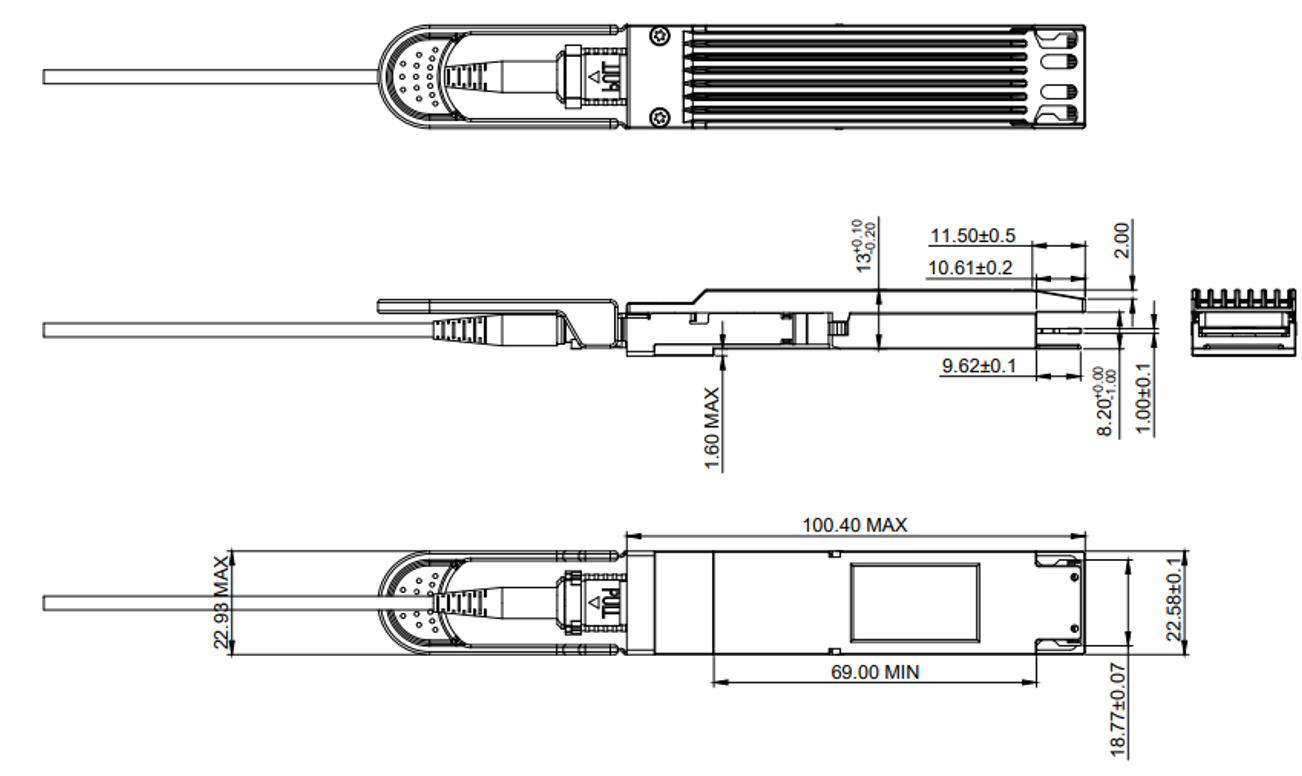
OSFP 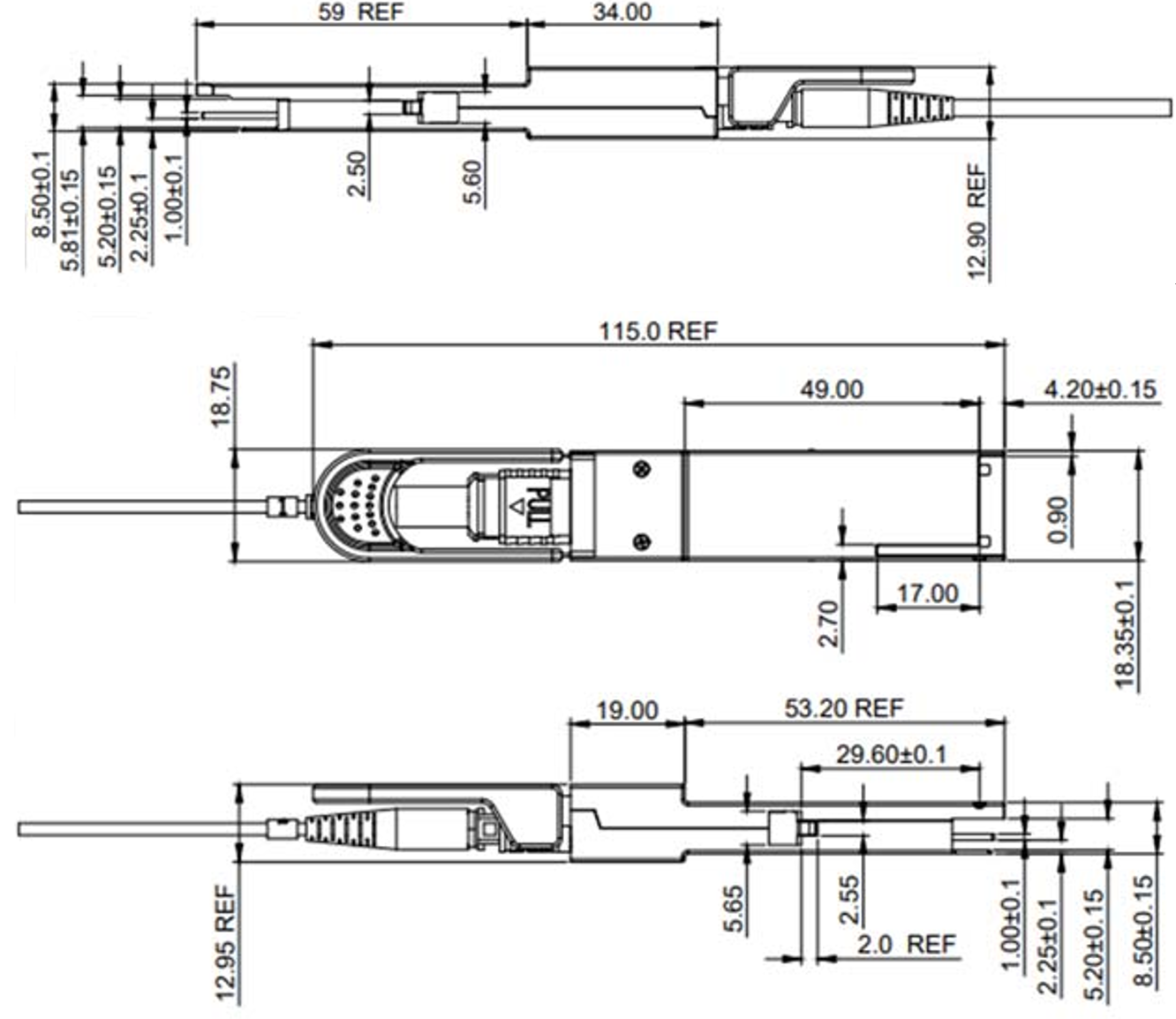
QSFP

OSFP 800G ACC Cable
800G Twin-port 2x400G OSFP Active Copper Cable
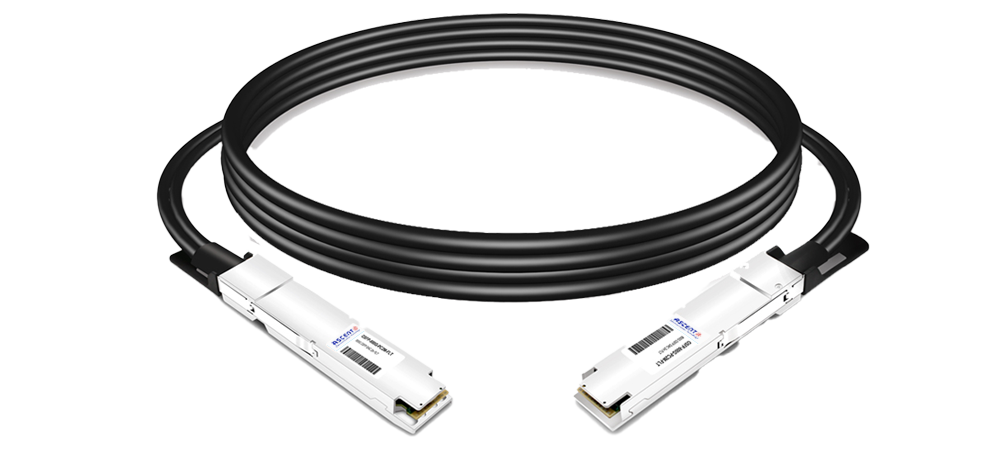
OSFP 800G DAC Cable
800G Twin-port 2x400G OSFP Passive DAC Cable
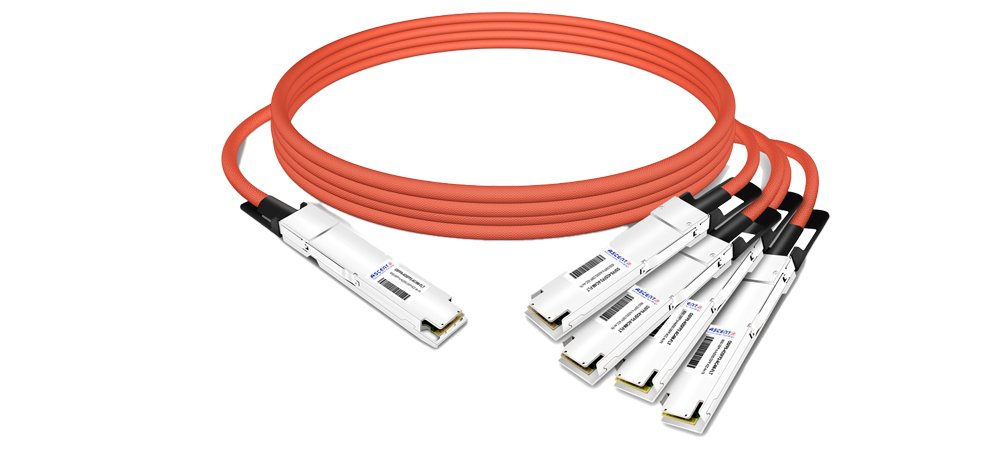
800G OSFP to 4x200G Breakout ACC
800G 4x200G OSFP Breakout Active Copper Cable
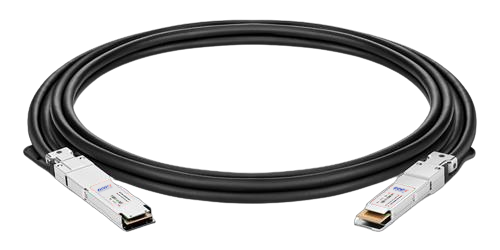
400G OSFP to 400G QSFP-DD DAC
400G OSFP to 400G QSFP-DD Passive DAC Twinax Cable

400G OSFP to 4x100G QSFP56 DAC
400G OSFP to 4x100G QSFP56 Passive DAC Breakout Cable

400G QSFP DD DAC Cable
400G QSFP-DD Passive Direct Attach Copper Cable

400G QSFP DD to 4X100G QSFP56 AOC
400G QSFP-DD to 4x100G QSFP56 Active Optical Cable

400G QSFP DD to 4X100G QSFP28 AOC
400G QSFP-DD to 4x100G QSFP28 Active Optical Cable

400G QSFP DD AOC Cable
400G QSFP-DD Active Optical Cable

400G QSFP DD AOC Breakout Cable
400G QSFP-DD to 2x 200G QSFP56 Active Optical Breakout Cable

200G QSFP56 InfiniBand HDR AOC
200G QSFP56 to QSFP56 Active Optical Cable

200G QSFP56 PSM4 DAC
200G QSFP56 PSM4 Direct Attach Passive Copper Cables
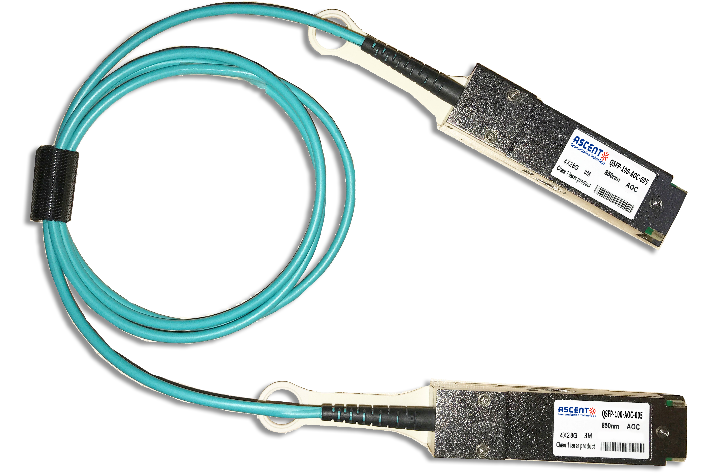
QSFP28 100G AOC Cable
100 Gb/s QSFP28 Active Optical Cable
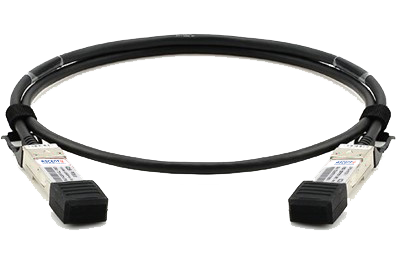
QSFP28 100G DAC Cable
100G QSFP28 Passive DAC Twinax Cable
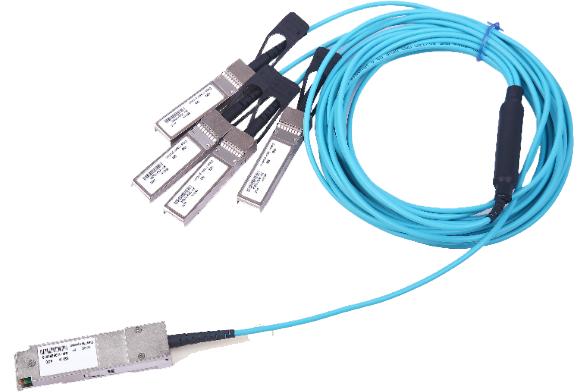
QSFP AQ AOC 4G 10
40G QSFP+ to 4x10G SFP+ Transceiver

QSFP+ 40G DAC Cable
40G QSFP+ to QSFP+ Passive Copper Cable (PCC)
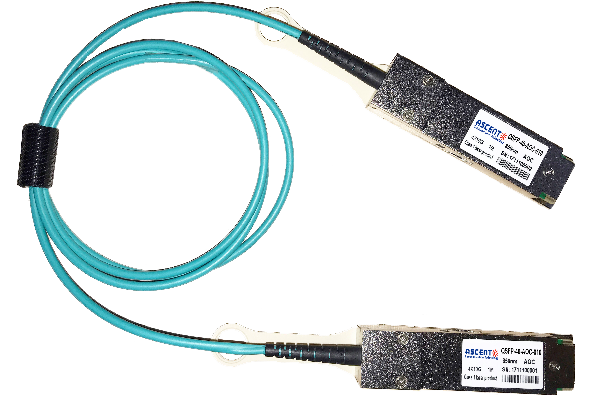
QSFP+ 40G AOC Cable
40G QSFP+ Active Optical Cable
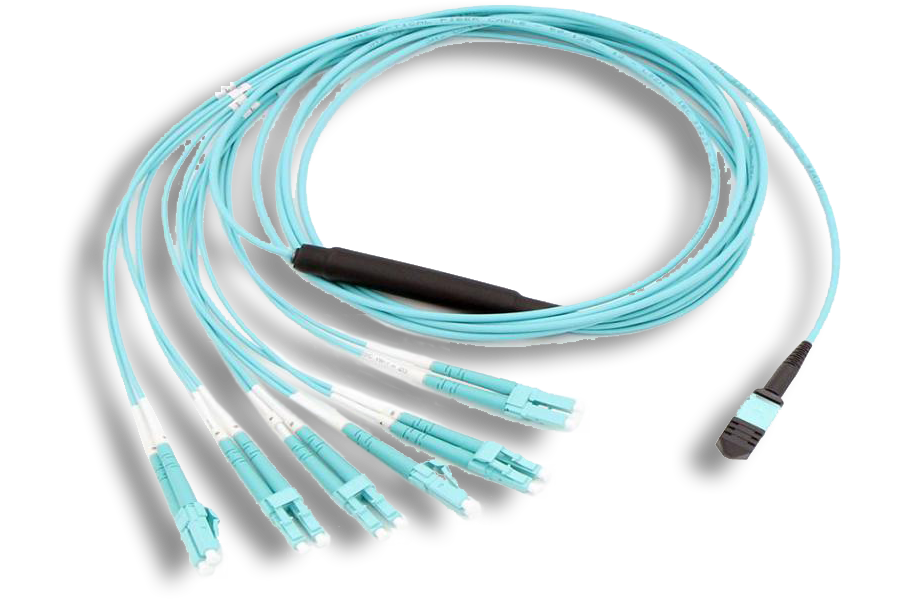
MTP/MPO Harness Assemblies
12/24 MTP/MPO LC Harness Cable Assembly
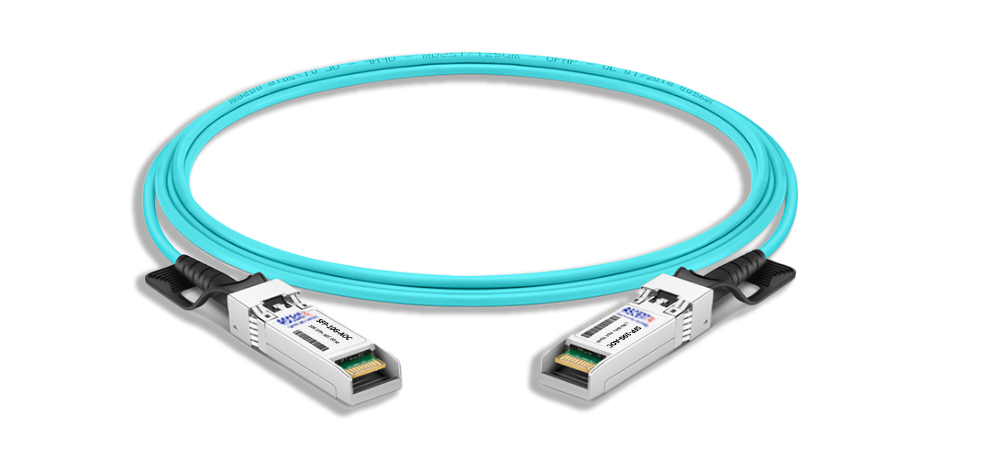
SFPP AT AOC Cable
10G SFP+ Active Optical Cable

100G to 25G Adapter
100G QSFP28 to 25G SFP28 Adapter

10G SFP+ Passive Copper Twinax Cable
SFPP-AT-DAC-2M 10G SFP+ Passive Direct Attach Copper Twinax Cable (PCC)

QSFP CVR 10G
QSFP to SFP/SFP+ Adapter Module
White Paper
Press Releases
Briefings 1
Briefings 2
Videos, etc.
QRG
Manual1
Manual2
Get in touch with our experts
Feedback